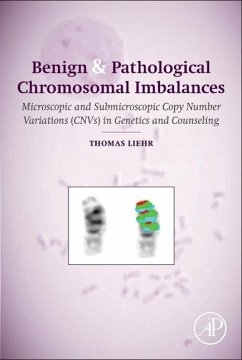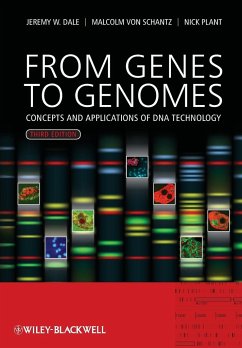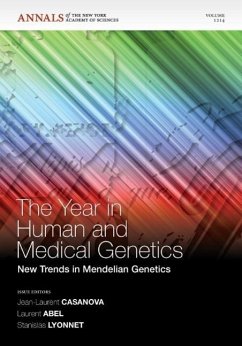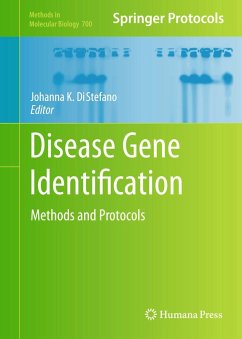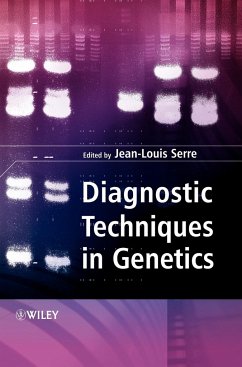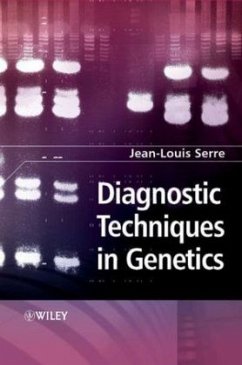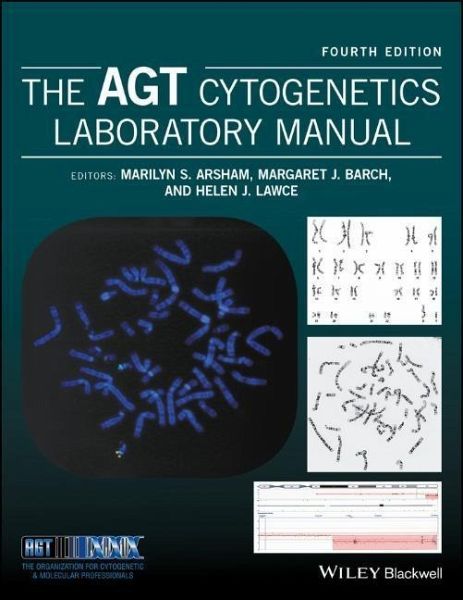
The Agt Cytogenetics Laboratory Manual

PAYBACK Punkte
85 °P sammeln!
Die Zyto- oder Zellgenetik untersucht die Morphologie, Struktur, Pathologie, Funktion und das Verhalten von Chromosomen. Entstanden ist dieses Teilgebiet der Genetik, um zytogenetische Veränderungen auf Molekularebene abzubilden. Heute spricht man in diesem Zusammenhang von der Zellgenomik.Zellgenetiker greifen auf eine ganze Reihe von Verfahren zurück, um Chromosomen und/oder eine Zielregion eines bestimmten Chromosom in der Meta- oder Interphase zu untersuchen. Zu den Tools gehören Routineanalysen von Chromosomen (G-Banding), spezielle Stains für bestimmte Chromosomenstrukturen und molek...
Die Zyto- oder Zellgenetik untersucht die Morphologie, Struktur, Pathologie, Funktion und das Verhalten von Chromosomen. Entstanden ist dieses Teilgebiet der Genetik, um zytogenetische Veränderungen auf Molekularebene abzubilden. Heute spricht man in diesem Zusammenhang von der Zellgenomik.
Zellgenetiker greifen auf eine ganze Reihe von Verfahren zurück, um Chromosomen und/oder eine Zielregion eines bestimmten Chromosom in der Meta- oder Interphase zu untersuchen. Zu den Tools gehören Routineanalysen von Chromosomen (G-Banding), spezielle Stains für bestimmte Chromosomenstrukturen und molekulare Sonden, z. B. im Bereich der Fluoreszenz-in-situ-Hybridisierung (FISH) sowie der Chromosomenanalyse auf Microarray-Basis. Zum Einsatz kommen eine Vielzahl von Methoden, um eine zu untersuchenden Region hervorzuheben, der so klein ist, wie eine einzige, spezifische Gensequenz.
Zellgenetiker greifen auf eine ganze Reihe von Verfahren zurück, um Chromosomen und/oder eine Zielregion eines bestimmten Chromosom in der Meta- oder Interphase zu untersuchen. Zu den Tools gehören Routineanalysen von Chromosomen (G-Banding), spezielle Stains für bestimmte Chromosomenstrukturen und molekulare Sonden, z. B. im Bereich der Fluoreszenz-in-situ-Hybridisierung (FISH) sowie der Chromosomenanalyse auf Microarray-Basis. Zum Einsatz kommen eine Vielzahl von Methoden, um eine zu untersuchenden Region hervorzuheben, der so klein ist, wie eine einzige, spezifische Gensequenz.






